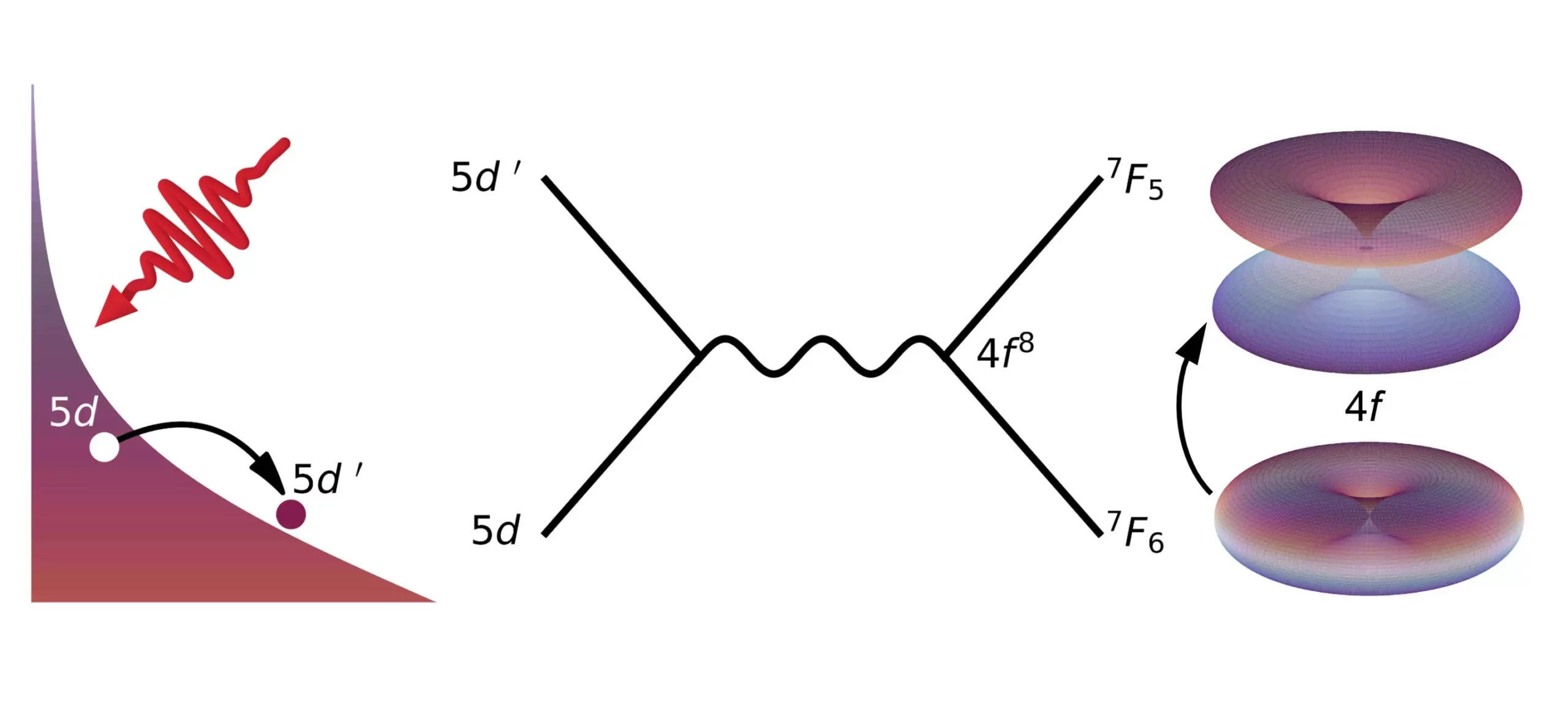Rare earth magnetic materials have long been revered for their unique properties, particularly due to the behavior of electrons in the 4f shell. Historically, the magnetic properties of these 4f electrons were believed to be nearly impossible to manipulate. However, recent groundbreaking research conducted by a collaboration of scientists from HZB, Freie Universität Berlin, and other prestigious institutions has challenged this notion. Through innovative experiments at EuXFEL and FLASH, the team has demonstrated for the first time that laser pulses have the ability to influence 4f electrons, subsequently altering their magnetic properties. This remarkable discovery opens up unprecedented possibilities for utilizing rare earth elements in data storage applications, heralding a new era in magnetism research.
Traditionally, the strongest magnets have been developed based on rare earth materials, owing to the powerful magnetic moment generated by their 4f electrons. What sets rare earth magnets apart is their ability to maintain this magnetic strength even amidst changes in their chemical composition. It was previously thought that the magnetic properties of 4f electrons were immutable, even under laser excitation. However, the collaborative research team has shown that laser pulses can induce a transient alteration in the spatial configuration of 4f electrons, consequently impacting their magnetism. This groundbreaking revelation signifies a paradigm shift in the field of magnetism, offering a novel avenue for swiftly and efficiently manipulating magnetic properties of rare earth materials.
The implications of this research extend far beyond mere scientific curiosity, with tangible prospects for practical applications in data storage technology. By harnessing the ability of laser pulses to modulate the behavior of 4f electrons in rare earth materials, the potential for developing energy-efficient and rapid information storage devices becomes increasingly plausible. Traditionally, rare earth elements have not been utilized in magnetic storage media, with technologies such as HAMR dominating the landscape. However, by leveraging the newfound understanding of laser-induced electron manipulation, it is conceivable that rare earth magnets could revolutionize the realm of data storage, surpassing the limitations of conventional methodologies.
The success of this groundbreaking research can be attributed to the significant advancements in accelerator-based X-ray sources, which have enabled the generation of ultrashort X-ray pulses for probing elemental processes within magnetic materials. The ability to observe and elucidate these fundamental interactions on the femtosecond scale has paved the way for unprecedented insights into the dynamics of rare earth magnetism. With the development of cutting-edge X-ray sources at facilities like EuXFEL and FLASH, coupled with ongoing enhancements at HZB’s BESSY II, the scientific community is poised to unlock additional mysteries surrounding ultrafast magnetic effects.
The discovery of laser pulse-induced control over 4f electrons in rare earth magnetic materials represents a monumental achievement in magnetism research. The newfound ability to manipulate the magnetic properties of rare earth elements opens the door to a myriad of potential applications, particularly in the realm of data storage technology. By leveraging the latest advancements in X-ray sources and ultrafast spectroscopic techniques, scientists are heralding a new era of innovation in the field of magnetism. Berlin’s pivotal role as a leading hub for research into ultrafast magnetic effects underscores the city’s significance in shaping the future of magnetic materials.


Leave a Reply